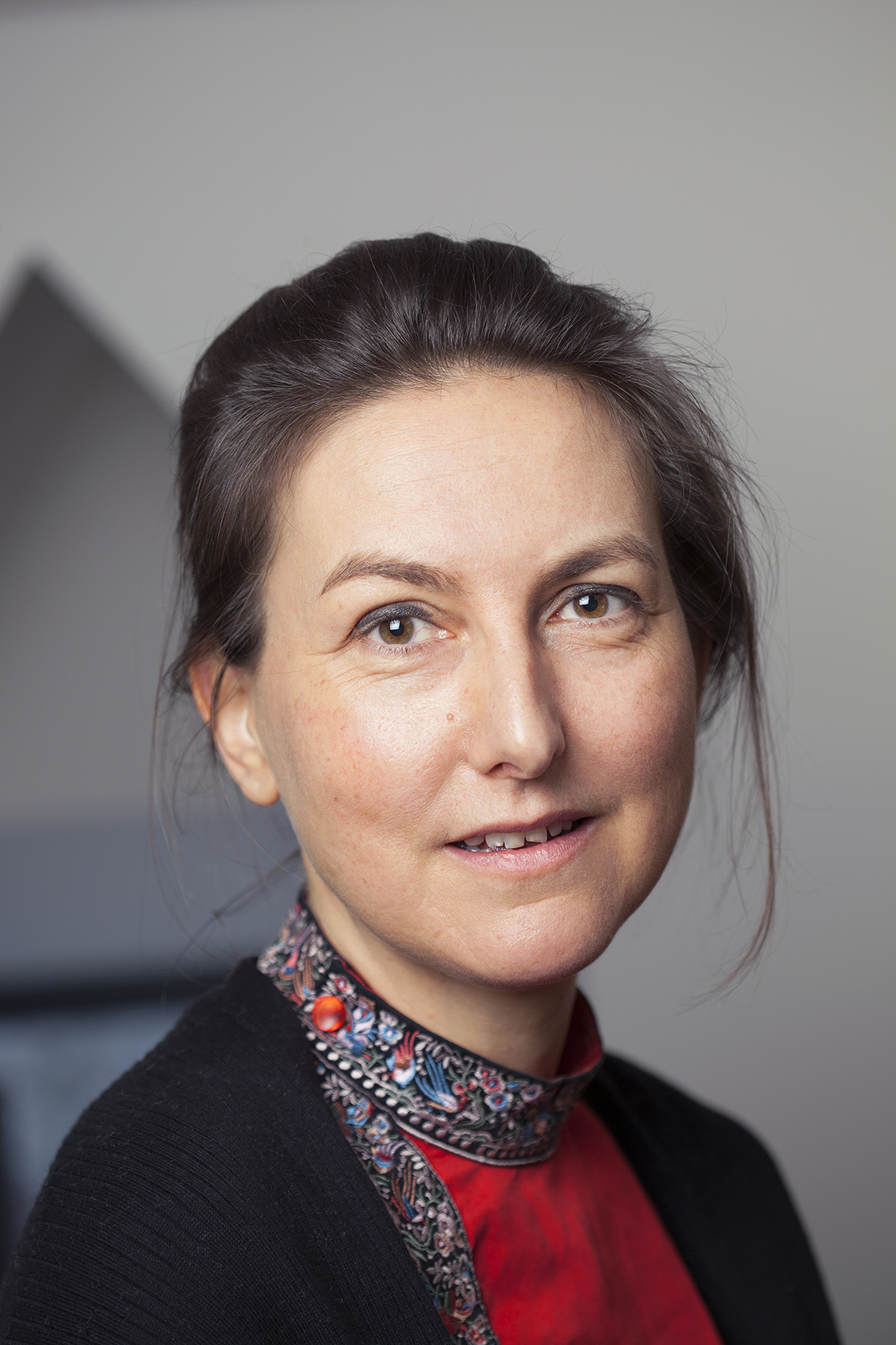You are here :
- EUTOPIA website
- Home
- Research & Innovation
- Fellowship
- SIF - Post-Doctoral Fellowships
Valérie Hayaert - University of Warwick

Curriculum Vitae
Valérie Heyaert, PhD
- Education
1996-2000 Fontenay-aux-Roses/Lyon, École Normale Supérieure, Section Lettres Modernes.
Élève-professeure stagiaire
1998 Paris, University: Paris III-Sorbonne nouvelle.
Maîtrise de Lettres Modernes. Supervisor: Pr. Marie-Madeleine Fragonard.
« Les Emblèmes ou devises chrestiennes de Georgette de Montenay (Marcorelle, Lyon, 1571 ; Unckel, Francfort, 1619) : un recueil symbolique européen ? »
1999 Fontenay-aux-Roses, École Normale Supérieure.
Agrégation de Lettres Modernes.
2000 Paris, University Paris VII, Denis Diderot.
Diplôme d’Études approfondies d’études littéraires. Supervisor: Pr. François Lecercle.
« Les Symbolicae Quaestiones d’Achille Bocchi (1488-1562) : emblématique et néo-platonisme »
2005 Florence, European University Institute.
PhD in History and Civilization, with a typical Warburgian focus on the history of symbolic forms within early modern legal culture.
Supervisor Laurence Fontaine (EHESS, Paris).
Title of the thesis : ‘Mens emblematica’ et humanisme juridique : le cas du ‘Pegma cum narrationibus philosophicis’ de Pierre Coustau, Lyon, 1555'
- Experience
Valérie Hayaert, Dr., is a classicist, historian, and humanist researcher of the early modern European tradition. Her particular interest lies in images of justice, judicial rites, and symbolism and its role in contemporary courthouses. She received the EUI Alumni Prize for the best interdisciplinary thesis in 2006. Her first book, "Mens emblematica’ et humanisme juridique", was published in 2008. Her subsequent work looked at the aesthetics of justice in courthouses of the early modern period through today. Valérie Hayaert has taught in Cyprus, Tunisia, England, and France and held various positions and fellowships. She was a Fellow at the Käte Hamburger Center for Advanced Study in the Humanities “Law as Culture” from April 2018 to March 2019. She is currently a Research Associate at the Institut des Hautes Études sur la Justice, Paris.
Research Project:
Images of Justice: A European Survey of Legal Symbolism
In Europe, most of today’s courthouses are symbolically silent. Because Justice not only needs to be done but also needs to be seen to be done, this project intends to exemplify the claim that images of justice have an important role to play in the maintenance of social bonds. The power of judicial images is a useful ally to revive the foundational principles of fair trial and due process. What are the benefits and what are the limits of drawing on the past tradition of judicial symbols in Europe? Drawing inspiration from visual studies, cultural legal history, legal anthropology, this multidisciplinary investigation aims at revealing the essential dynamic function of a civic allegory: its composition or invention, its role in the dissemination of meaning, and the ways in which it was perceived by different audiences, in order to question to which extent this device fulfilled didactic, persuasive, mnemonic, evidential, or deontological functions.
Artworks are full social agents, situated at the interface of institutions and emotions. The project combines historical case studies (1450-1800) of criminal courts with a theoretical approach aiming at defining the power of images within the legal sphere. It analyses courthouses precincts, legal symbolism, and territorial patterns in four geographical areas (Belgium and the Netherlands, France, Italy, and the United Kingdom). Taking into account recent developments about visual studies within the Law, the originality of the project is to see historical research combined with juristic definitions of images as a new way to assess legal epistemology and its discontents, through the lens of imaginative art. The importance of the visual legacy of law and the visual dimension of legal phenomena is often overlooked by positivistic legal scholars. Often viewed as ambiguous, overdetermined and closer to the unconscious than to logic reasoning (Douzinas /Nead, 1999), images are fleshy and are not deprived of carnal appeal (Garapon/Hayaert, 2014).
The last two decades have seen a burst of scholarship on the importance of visuality for the history of legal thought: among them, the works of Stolleis (2008); Ben-Dor (2011); Resnik/Curtis (2011); Goodrich (2014); Sherwin /Wagner (2014); Gonzàlez Garcia (2017) and Manderson (2018) are major contributions. Our project is premised on three convictions: 1) Images have a potential for action inside the tribunal, as they may even act as substitutes for real people (judges). 2) Artworks are full social agents, situated at the interface of institutions and emotions. 3) An image is not a discourse. ImagingJustice will pay special attention to the plurivalence of images. The discourses on legal images are themselves a part of a process of institutionalization (Legendre, 1993). Taking into account the variegated audiences involved, we will address the question of the historicity of the eye (Baxandall, 1988) by framing different practices of seeing and observing. Images of justice are sensitive to the kinds of interpretative skills their beholders bring to them. Inside the courtroom space, a litigant, a lawyer, a magistrate will, or will not, presumably bring a mass of assumptions drawn from his own professional concerns.


